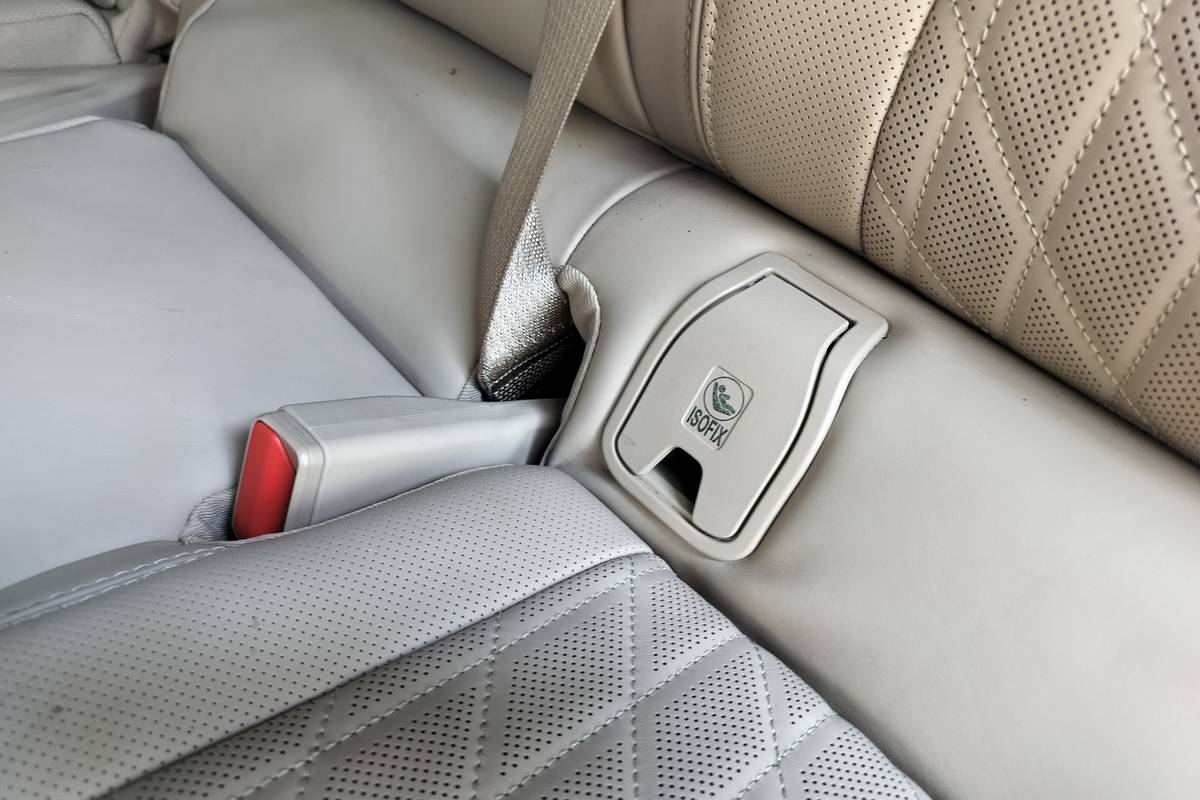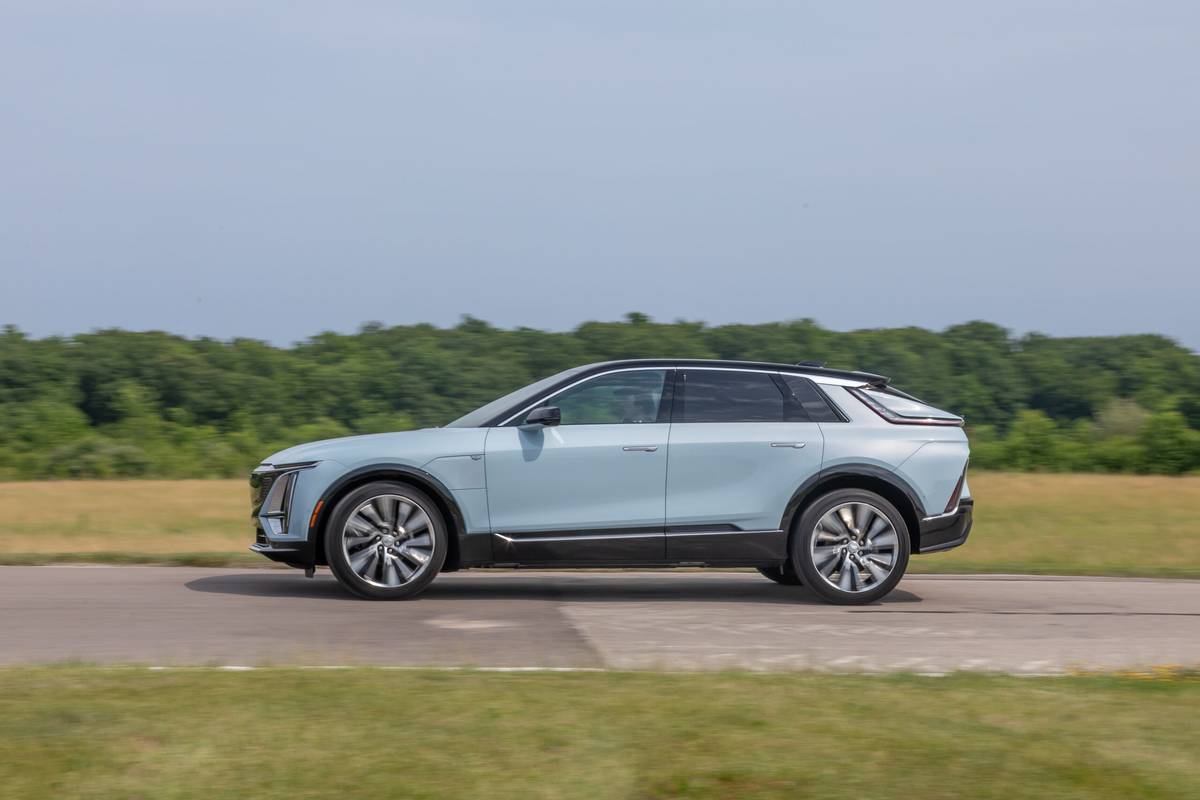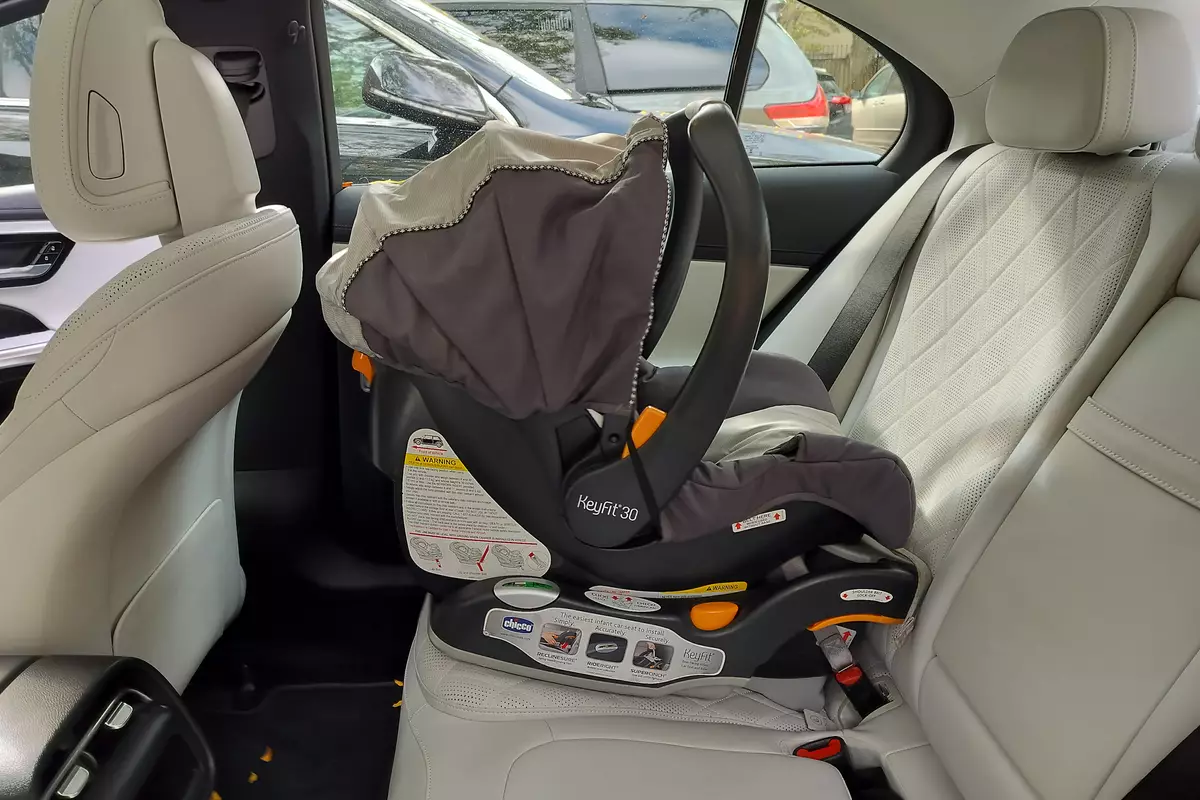Star-Telegram.com's view
The little Japanese automaker Mazda, which has floundered in the U.S. market over the past decade or so as almost just an afterthought of majority stakeholder Ford Motor Co., seems to be on the move with plans to introduce more vehicles to its U.S. lineup — including a replacement for the poor-selling MPV minivan.
This summer, the company is trying to renew interest in one of its once-brightest nameplates, the MX-5 Miata roadster, by rolling out a third generation of the vehicle and officially dropping the “Miata” part of its name.
Speculation is that the Miata name is going away because it has become associated with the two-seater’s “chick car” image, and Mazda wants the replacement vehicle to have broader appeal — that is, to attract more male buyers.
That image might be undeserved. The Miata is credited with single-handedly reviving the whole affordable-roadster segment when it appeared in 1989. The car was immediately seen as a modern, more-reliable replacement for the little British and Italian roadsters of the ’60s and ’70s — such as those from Triumph, Fiat, MG and others.
Mazda sold just over 9,000 of the Miata last year, but would like to see the car once again sell at much higher volumes in the United States, its best market. A target of 20,000 sales annually has been mentioned, something that the car had done consistently during the 1990s.
To help spur sales, the car has been completely redone. Although it’s still instantly recognizable as a Miata — or, to be more exact, an MX-5 — the 2006 version has no carryover parts from the 2005 model. Even the 2.0-liter engine is new to the MX-5, having been adapted from an engine Mazda uses in other vehicles around the globe, including the Mazda3 and Mazda6 sedans.
It also has been priced right: $20,995 for the base model, including shipping, which is a significant drop from the current models $22,658 starting price.
Whether Mazda can get its act together to promote its very nice stable of products remains to be seen.
While Mazda has always made very good cars, the company’s efforts to get that message out to American consumers has never been very effective. Mazda is not on the radar screens of most consumers when they go car-shopping, despite the brand having what is arguably one of the best midsize sedans on the market in the Mazda6 and one of the top compacts in the Mazda 3.
The company’s marketing efforts — particularly in the area of media relations — are among the weakest in the auto industry.
Mazda’s TV advertising in recent years has done little to promote specific vehicles. Instead, the company has stuck to a vague brand-identity theme called “Zoom, Zoom,” using a nerdy looking barely-teen boy as the company’s symbol for cars the company wants us to believe are exciting performers aimed at people with a passion for driving. Somehow, it just doesn’t seem to fit.
Mazda also has been shorted by virtual-parent Ford in the area of sport utility vehicles. Instead of allowing the company to develop its own SUVs to give to dealers hungry for a piece of the biggest market segment, Ford over the past decade has force Mazda to sell re-badged versions of its own s[port-utility vehicles.
But in the 1990s, when Ford was selling more than 500,000 four-door Explorers a year, the company forced Mazda dealers to take a two-door version of the Explorer that was rebadged as the Mazda Navajo — this at a time when sales of four-door sport utilities were booming. Two-door models were being almost completely ignored by consumers. Today, the only SUV in the Mazda lineup is a rebadged version of the compact Ford Escape. It’s not a bad vehicle, but not a prime example of what Mazda could do if allowed to create its own, either.
The company for the past decade also has been forced to give its dealers a Ford Ranger as its compact-pickup offering, rebadged as the Mazda B-series. This from a company that made a name for itself early in the U.S. market by selling its own compact pickups from Japan, known for their solid construction and long-term reliability.
Standing in the darkness of Ford’s huge shadow, the company has made little progress during the past decade in becoming a household name among U.S. consumers. But that could be changing with this summer’s launch of the new MX-5, and the coming of other new vehicles to Mazda’s U.S. showrooms.
Some great products are already in place, thanks to the launches of the Mazda6 and Mazda3 during the past couple of years. Even without much fanfare, these cars are doing better in the marketplace than their precessors, the midsize 626 and compact Protégé lines.
Even though promotional efforts for these new vehicles have been weak, even in such areas as providing test cars to the media for review, many consumers are embracing these new Mazdas and falling in love with them.
The new RX-8 could be responsible for some of the company’s recent success. Introduced for 2004 as as the replacement for the once-popular RX-7 rotary-engine sports car, the RX-8 — despite a rocky start involving a recall of most of the cars over a mixup in stated horsepower — is a favorite of longtime Mazda fans, and has served to bring new customers into the brand.
Among new vehicles the company is considering over the next three years are a two-seat/two-door version of the RX-8, as well as a convertible model. The current RX is a four-door coupe with a small back seat. The small rear doors open to the rear in the so-called suicide-door configuration.
Already planned for the U.S. market is the CX-7, a car-based crossover SUV that apparently will not be just a rebadged Ford product, but a true Mazda, based on the platform of the current Mazda6 sedan.
The replacement for the MPV would be in addition to the CX-7, which is to arrive in fall 2006 as a 2007 model.
As for the new MX-5, it will go on sale beginning in late August or early September with a new base horsepower of 170, up from the current 142. That is almost as much as the 178 horsepower supplied by the uplevel turbocharged MazdaSpeed Miata for 2005. A new five-speed manual gearbox will be standard, and a six-speed automatic transmission borrowed from the RX-8 will be optional.
Mazda says that the new MX-5 manual gearbox will find its way into the RX-8, as well.
Unlike the past, when the Miata was built mostly of unique components, the car now will share some components across the Mazda lineup. It is such economies of scale that help an automaker reduce costs on the design, engineering and manufacture of new models.
The MX-5 will have some chassis similarities with the RX-8, allowing it to be built on the same assembly line, the company said. The two vehicles, however, are not built on the same basic chassis architecture, known as platforms, the company said.
Among the MX-5’s components that will be common among several Mazda vehicles are its antilock brakes, stability control systems, stereo systems, door locks, and some interior parts, the company said.
The new MX-5 is slightly bigger than before, and the body is more rigid. That allows for more power and gives the vehicle better handling. But it was engineering to have the same handling characteristics as its predecessor, which has a huge following of happy owners. (The car never deserved its “chick car” image; it really is a car that the budget-conscious enthusiast can enjoy.)
– – –
G. Chambers Williams III is staff automotive columnist for the San Antonio Express-News and former transportation writer for the Star-Telegram. His automotive columns have appeared regularly in the Star-Telegram since 1995. Contact him at (210) 250-3236; chambers@star-telegram.com.
Latest news



